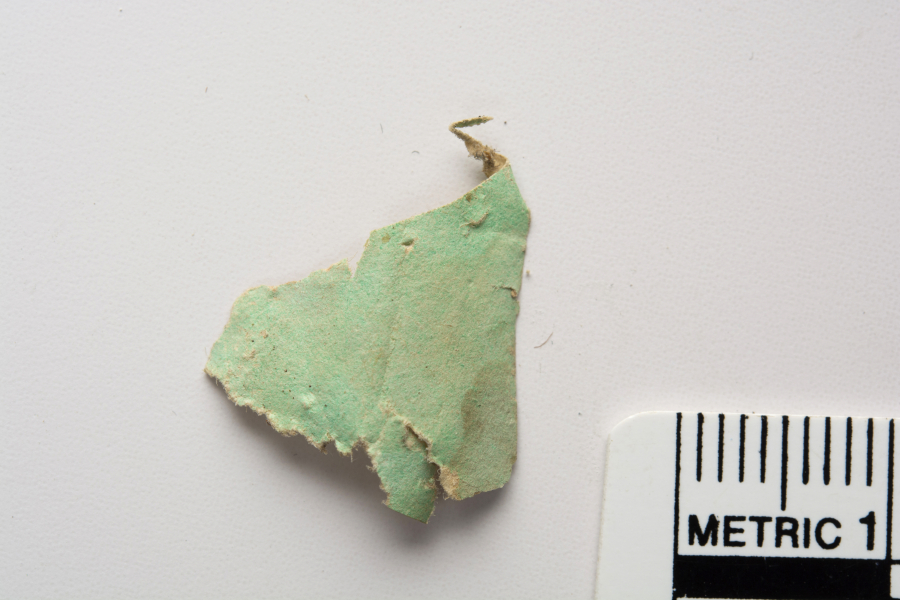The changes in a second-floor bedroom at Mount Vernon may not seem revolutionary to some, but to historians, they are profound.
On Saturday, the room formerly known as the Nelly Custis Bedchamber will be unveiled with a vibrant color palette, richly patterned textiles and fancy trims and tassels that experts say reflect the way it looked in 1799. Now renamed the Chintz Room, this space is one of the major bedrooms in the home of George and Martha Washington. It was last interpreted by curators in 1986 in a much more reserved look: pastel colors with straight, simple curtains and a plain blue wallpaper.
Visitors to Mount Vernon will now see the room decorated in the high style curators have determined was used in elite homes in the late 18th century, featuring exotic botanical print fabrics, Asian porcelains and lacquerware.
This latest interpretation of the room was pieced together using historical evidence unearthed over many years by about 40 museum professionals, including curators, paint specialists, plaster experts, conservation scientists, historians and others. The actual restoration took two years and cost $175,000, according to Melissa Wood, a spokeswoman for Mount Vernon.



